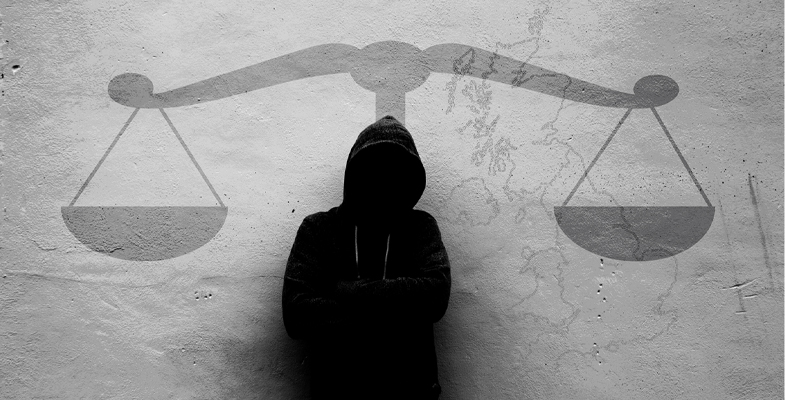8 Summary of Session 4
In this session you’ve looked at the way children and young people in conflict with the law are treated in Northern Ireland, the last of the four jurisdictions that make up the United Kingdom. Northern Ireland’s relationship to the rest of the United Kingdom changed radically with the Comhaontú Bhéal Feirste or Belfast (Good Friday) Agreement of 1998. The youth justice system has pioneered the use of restorative justice and further changes involving raising the age of criminal responsibility are rising up the agenda.
In the four sessions you’ve looked at so far, you have seen how changes in the status of children with respect to the criminal law are an issue across all four jurisdictions of the UK. Restorative justice approaches also feature in all four jurisdictions, to varying degrees, but in Northern Ireland they occupy the mainstream. They have taken this place because the restructuring of the youth justice system was prompted by wider attempts to heal the injuries of the past and find a peaceful way forward from the conflicts arising after the partition of Ireland in 1920.
What happens to children and young people when they get into trouble often involves ‘conflicts with the law’. By stressing the need to resolve this conflict by involving all parties, including victims wherever possible, restorative justice offers models of practice and ways of thinking that have wide and profound implications – and not just for children and young people in Northern Ireland!
The main learning points of this fourth session are:
- The youth justice system in Northern Ireland is part of a wider reconstruction of Northern Irish society that emerged through the signing of the Comhaontú Bhéal Feirste or Belfast (Good Friday) Agreement in 1998.
- Restorative justice is embedded in the system and central to its working.
- Restorative justice operates through distinctive principles involving dialogue and negotiation.
- The place and voice of victims is important to restorative justice and the way it works in Northern Ireland.
- The Youth Justice Agency of Northern Ireland has developed innovative systems of intervention with children and young people.
Now you have considered the four ‘national’ jurisdictions of the UK in the first half of this course, you will move on in the second half to consider equally important issues around gender, race and social class. In the next session you will explore how girls and young women fare in youth justice, asking if youth justice includes gender justice.
You are now halfway through the course. The Open University would really appreciate your feedback and suggestions for future improvement in our optional end-of-course survey [Tip: hold Ctrl and click a link to open it in a new tab. (Hide tip)] , which you will also have an opportunity to complete at the end of Session 8. Participation will be completely confidential and we will not pass on your details to others.
You can now go to Session 5.
